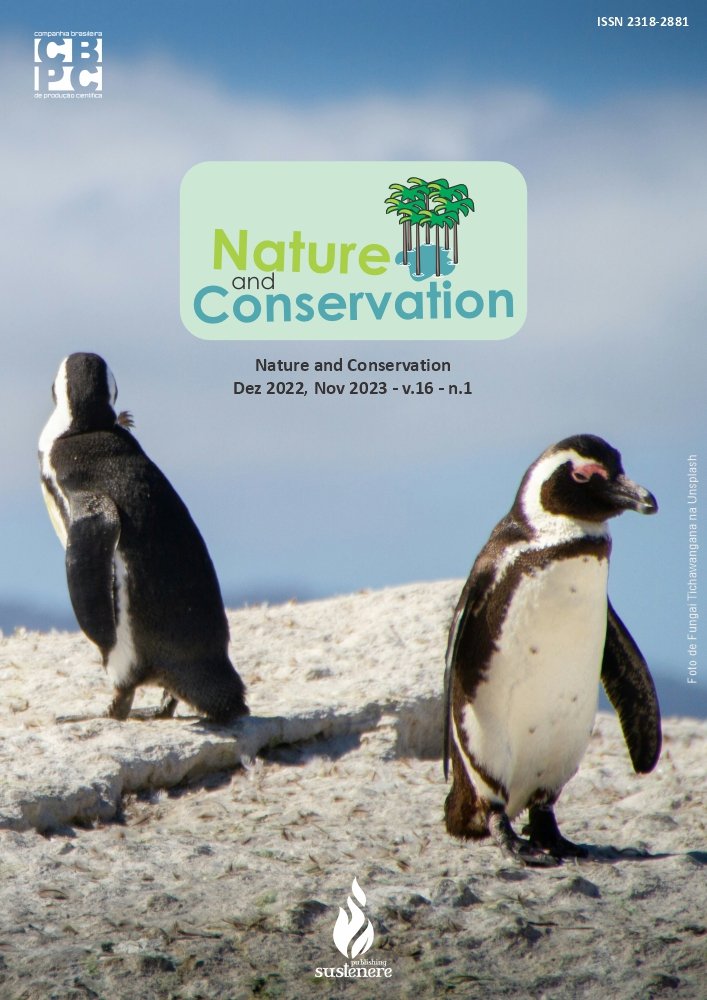Evaluation of aluminum polychlorides in the removal of turbidity from raw water from the Cachoeira do França reservoir
DOI:
https://doi.org/10.6008/CBPC2179-6858.2022.007.0010Keywords:
Aluminium polychloride, Turbidity removal, Raw water, Zeta PotentialAbstract
This work involved an evaluation of the performance of two commercially available reagents in the removal of turbidity from raw water. The commercial reagents evaluated here were liquid aluminum polychloride (APC), containing a concentration of 369 g L-1, and solid APC containing a proportion of 48% m m-1 of active ingredient. The data obtained in this work reveal that the solid APC showed better performance in reducing the Zeta (ζ) potential of raw water, requiring only 2 mg L-1 to reach the isoelectric point, while the liquid APC required 6 mg L-1 to reach the same point of zero charge. Moreover, the amount of solid APC lowered the pH level of the samples more than the coagulant did. The average aluminum content of the reagents was 4.52% in the liquid APC and 4.35% in the solid APC, and a comparison by the t-test indicated no significant difference at a 95% level of confidence. On the other hand, in jar tests using isoelectric point levels, the liquid APC showed higher reduction of turbidity in decanted water than did the solid APC. While the lower level of solid APC indicates possible advantages from the environmental point of view, given the lower amount of aluminum used in the treatment, its poorer performance in the removal of turbidity compared to the liquid APC is undoubtedly a technical limitation. This suggests the need for additional experimentation, such as the use of flocculation aids or tests using other coagulation mechanisms, aiming to achieve a satisfactory level of removal of turbidity with the solid APC.
Downloads
Downloads
Published
Issue
Section
License
Copyright (c) 2023 Ibero-American Journal of Environmental Sciences

This work is licensed under a Creative Commons Attribution-NonCommercial-NoDerivatives 4.0 International License.
The CBPC - Companhia Brasileira de Produção Científica (Brazil CNPJ: 11.221.422/0001-03) the material rights of the published works. The rights relate to the publication of the work anywhere in the world, including rights to renewals, expansions and dissemination of the contribution, as well as other subsidiary rights. All electronically published works may subsequently be published in printed collections under the coordination of this company and / or its partners. The authors preserve the copyright, but are not allowed to publish the contribution in another medium, printed or digital, in Portuguese or in translation.









